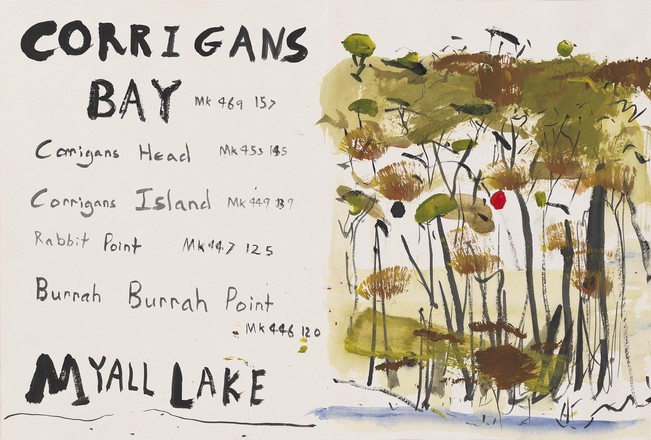The concertina book
By Andrew Sayers
The concertina book is a kind of prototype for … an expanded view – two,
four or six or more pages can be visible at any particular time, rather than
the limited spread available in the traditional sketch-book. Drawings can be
treated as discrete statements or they can spread horizontally; episodic
drawings and notations can be read singly or as a series of connected visual
observations. The landscape is regarded as a whole, yet, at the same time, it
is a journey through motifs – an unfolding.
The mind that constructed the fiction
By John R Walker (http://www.abc.net.au/tv/paintingaustralia/stories/braidwood.htm)
A realist painting is a 'fiction'; a painting of a tree is not a tree at
all; a painting is a piece of canvas (or paper, board) covered in paint. What
all 'fictions' really reveal is the mind that constructed the fiction.
Self-knowledge is at the heart of being a modern artist.
Poetry is easier to find in the ordinary, than in the obviously beautiful.
Paint the places that you know instinctively and ignore nothing that might
deepen your knowledge and understanding of those places.
Oscar Wilde said: "It is superficial to look for hidden meanings. The
mystery is in the visible, not in the invisible." Good art has no hidden
meaning.
Large foldout drawing books
By John R Walker
In 2001 Chris Hodges returned from China and gave me a large concertina
drawing book, saying something like ‘see what you can make of this’. I took the
book with me to Hill End where I was invited to be an artist-in-residence. I
started off by walking around for a few hours, drawing one of two pages in the
book. By the end of 5 days the book was complete. I was hooked. They have
become an integral part of practice since then.



 Back to list
Back to list